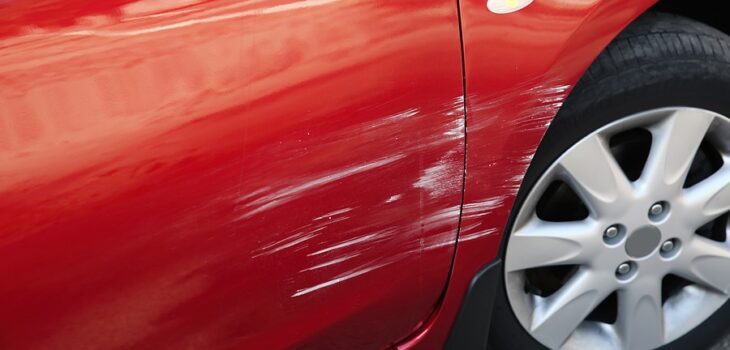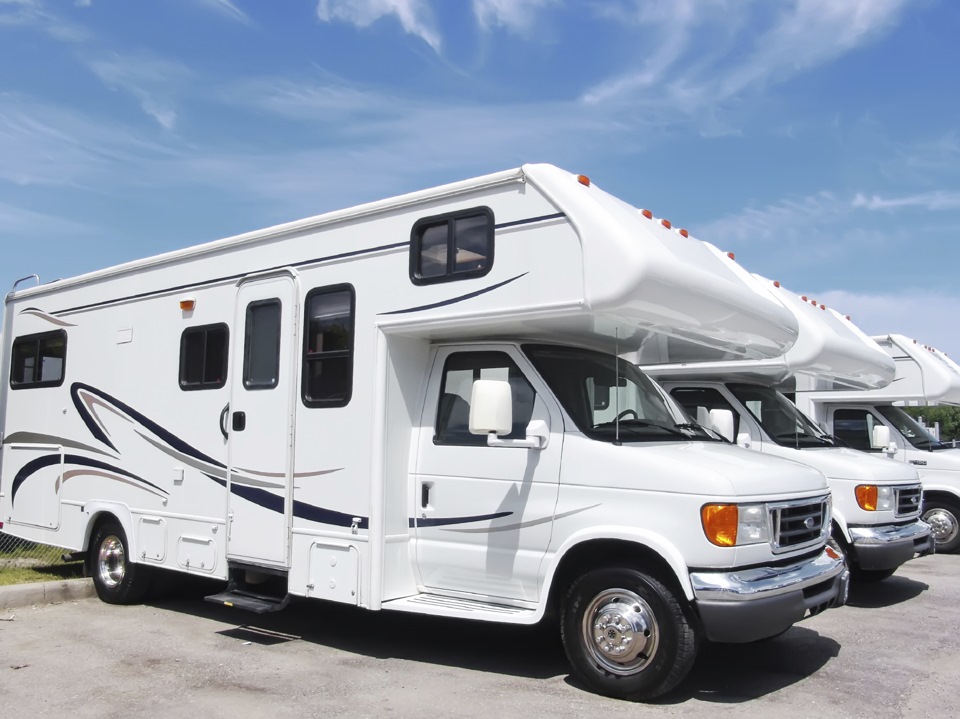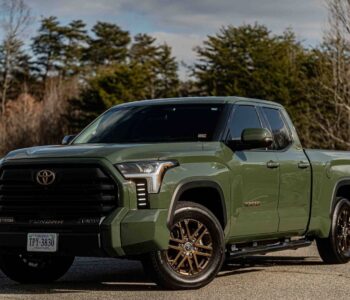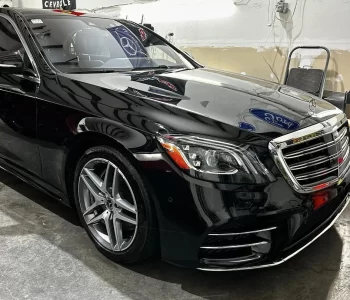 Automotive
Automotive
Motorhome Mistakes & Types of Pre-Purchase Car Inspections
Motorhome Inspection:
Purchasing a motorhome or used car can be exciting, but without a proper inspection, buyers risk expensive surprises. Whether you’re investing in a spacious Motorhome Inspection for cross-country adventures or a reliable second-hand car for daily use, a thorough pre-purchase inspection is essential.
Part 1: Common Motorhome Inspection Mistakes
Motorhomes combine the complexity of a vehicle with the systems of a home, which means inspections need to cover both mechanical and habitation elements. Here are the most frequent mistakes buyers make:
Skipping the Habitation Check
Many buyers focus solely on the engine and mechanics, overlooking the “home” part of the motorhome. This includes the gas system, water pump, electrical circuits, damp levels, and appliances.
Ignoring Damp or Moisture Levels
Damp is one of the most common and damaging issues in motorhomes. Always use a damp meter to check around windows, doors, skylights, and corners. Don’t rely solely on visual inspection.
Failing to Inspect the Roof and Underbody
Buyers often overlook the roof and underside. These areas are vulnerable to leaks and road damage. Look for signs of patch repairs, cracks, or corrosion underneath, especially around the chassis.
Not Checking for Vehicle Overloading
Every motorhome has a Maximum Technically Permissible Laden Mass (MTPLM). If previous owners overloaded it, structural damage may have occurred. Request weight documentation and verify that the motorhome hasn’t been consistently operated above its safe operating limit.
Overlooking Tires and Brakes
Because motorhomes can sit unused for extended periods, their tires often suffer from dry rot or develop flat spots. Similarly, brakes may seize or corrode. Check tire age (the DOT code shows the manufacturing date) and ensure all brake components function properly.
Assuming Low Mileage Equals Good Condition
Low mileage isn’t always a good sign. Lack of use can cause issues such as seized brakes, worn seals, or dampness. A well-maintained, high-mileage motorhome is often more reliable than one that has been barely used.
Neglecting Paperwork and Service Records
Always check that the motorhome has a full service history, habitation service records, an MOT, and a gas safety certificate. Missing paperwork can indicate poor maintenance or unresolved issues.
Part 2: Different Types of Pre-Purchase Car Inspection
Various types of inspections are available, ranging from basic checks to comprehensive assessments.
Basic Visual Inspection
Scope:
External condition, tire wear, fluid levels, and lights.
Who It’s For:
Budget-conscious buyers or those purchasing nearly new cars.
Limitations:
No diagnostics or road testing, so hidden faults may go unnoticed.
Standard Pre-Purchase Inspection
Scope:
Includes a visual inspection along with a test drive, assessment of the undercarriage, brakes, exhaust system, and engine function.
Who It’s For:
Used car buyers are seeking a comprehensive, yet affordable, inspection.
Pros:
Catches common issues like suspension wear or engine leaks.
Limitations:
May not include electronic diagnostics or detailed engine analysis.
Comprehensive Inspection
Scope:
All the checks of a standard inspection plus advanced diagnostics, battery health, ECU scan, and fluid condition analysis.
Who It’s For:
Buyers are investing in premium or high-mileage vehicles.
Pros:
Offers peace of mind with thorough reporting.
Includes:
Interior features, infotainment system, HVAC, and even road noise evaluation.

Manufacturer-Certified Inspection
Scope:
Offered by the car brand’s dealership are the following brand-specific checklists.
Who It’s For:
Buyers of certified pre-owned (CPO) vehicles.
Pros:
Ensures that manufacturer standards are met, which may include warranty requirements and other relevant specifications.
Limitations:
Usually only available for that specific brand.
Mobile Mechanic Inspection
Scope:
On-location vehicle inspection by a mobile technician.
Who It’s For:
Convenience-focused buyers or those purchasing from private sellers.
Pros:
Avoids the need to drive the car to a garage; often includes a road test and visual checks.
Limitations:
The inspection could be affected by weather conditions, and access to certain equipment may be restricted.
Independent Garage Inspection
Scope:
The car is taken to a trusted independent mechanic for evaluation.
Who It’s For:
Buyers who want an unbiased, in-depth assessment.
Pros:
Full ramp access allows inspection of suspension, brakes, and undercarriage.
Limitations:
Less convenient, especially if the seller is not local.
Key Things to Ask Before Booking an Inspection
- What’s included in the inspection?
- Will a written report be provided?
- Are diagnostics and ECU scans part of the service?
- Does the inspector carry liability insurance?
- How long will the inspection take?
- Can you be present during the inspection?
Why Inspections Matter
A pre-purchase inspection can protect you from buying a “lemon” and gives you leverage for negotiation. In many cases, a small upfront inspection fee can save thousands in unexpected repair costs.
Final Thoughts:
When selecting an inspection type for your car, choose one that aligns with the vehicle’s age, value, and your level of confidence. Avoiding pre-purchase car Inspection mistakes and understanding the different types of checks available puts you in the driver’s seat—literally and financially.
Read More Blogs at Vibrantlivingblog.






